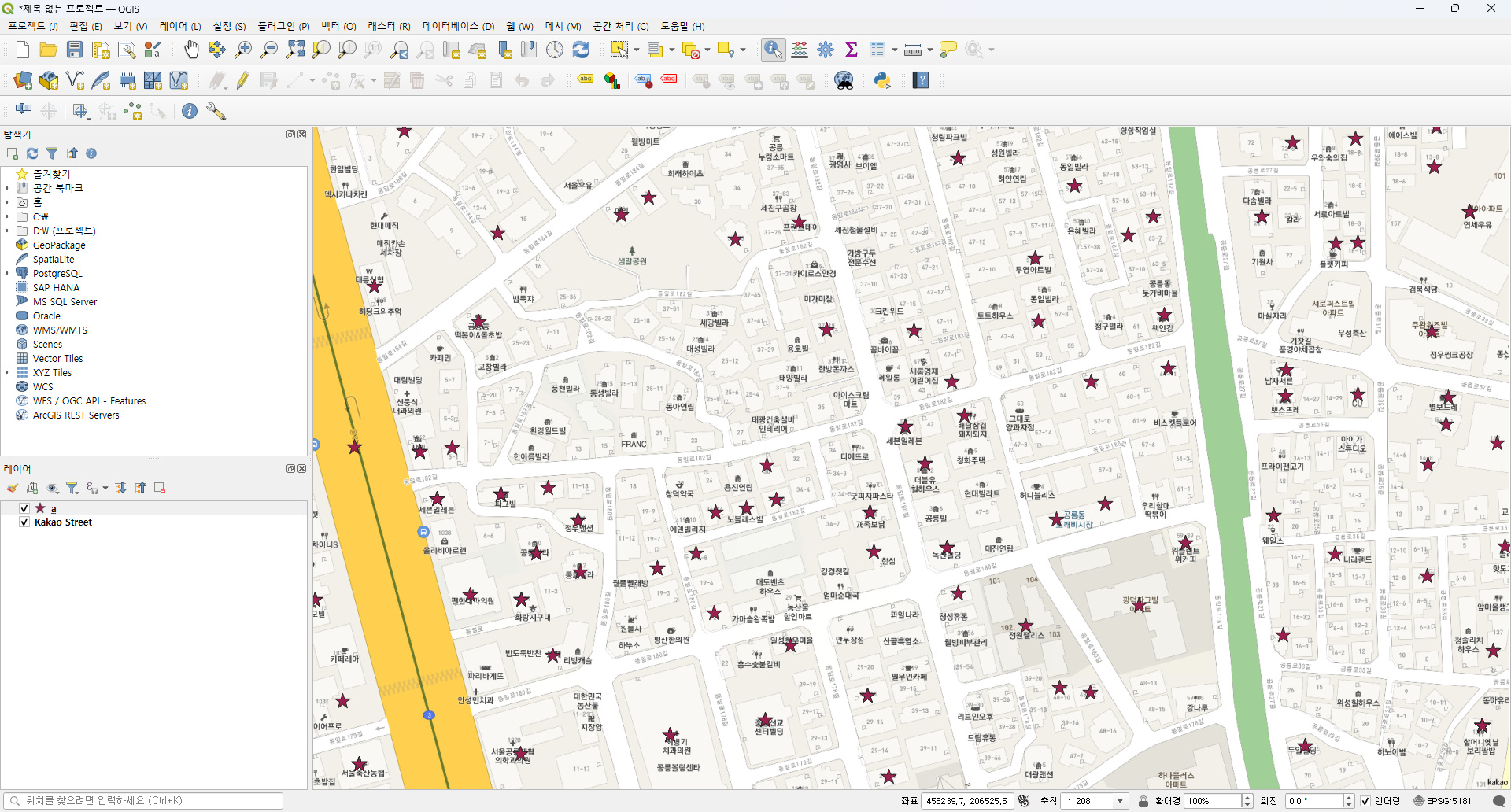아래의 코드가 실행되면 서두부터 await가 실행됩니다. 즉, top-level에서 await가 실행되는 거죠. 이게 Vite에서는 문제가 발생합니다.
import WebGPU from "three/addons/capabilities/WebGPU.js"
이를 해결하기 위해서는 먼저 개발환경에서 다음과 같은 패키지를 설치해야 합니다.
npm install --save-dev vite-plugin-top-level-await
그리고 vite.config.js 파일을 만들어 다음처럼 내용을 구성합니다.
import { defineConfig } from "vite";
import topLevelAwait from "vite-plugin-top-level-await";
export default defineConfig({
plugins:[
topLevelAwait({
// promiseExportName: "__tla",
// promiseImportName: i => `__tla_${i}`
})
],
});

